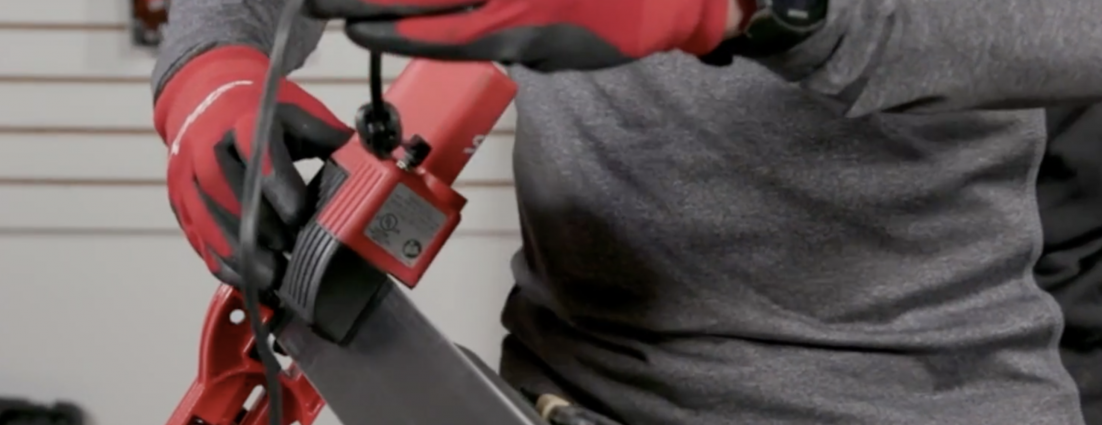BACKSHOP: Are Your Skis as Ready as You Are?
12.05.2018 | Ski Racing Staff

You have been training for the winter to roll around for months and ladies and gents, the winter is here in full swing. We know you've put in your time at the gym, lifting weights and getting stronger.
You've likely purchased your new race gear for the 2018-19 season already. It’s exciting when you get your new quiver of race skis. You may have even started putting layers of wax into the base. It may appear that your skis are ready for training or race day, but your skis may need a lot more attention than you can imagine.
Ski manufacturers have been making skis in their factory. Skis are a mass-produced product and there are many excellent ski brands to choose from, but every pair needs to be dialed in to maximize on snow performance.
As with any mass-produced item, there is only so much attention to detail that can be paid to any individual product. Skis are produced using an assembly line process; it’s the most efficient and cost-effective way to bring a product to market. That being said, making a quality product quickly at reasonable price is the goal.
During the assembly line process, the skis being produced do not get individual attention. Ski companies have a quality control team that combs through the skis at the end of the manufacturing process to make sure that skis falls-in-line with basic tolerances that are acceptable. Manufactures may look at overall flex, torsional stiffness, base structure or base and side-edge bevels to make sure the skis will perform properly. These tolerances are basic guidelines and can be improved once you get your skis home.
Most race skis come to you with too much base edge bevel. Base edge bevel controls how quickly the ski initiates the turn, it is the relation of the base-edge to the overall base material. The flatter the base-bevel (.5 degree), the quicker, more edgy the ski feels. If the skis have too much base-bevel (1.5 degree) the skis feel dead and damp and do not turn well.
How do you fix this? Take your skis to a shop that specializes in ski race tuning and have them flatten the skis with a stone-grinding machine and reset the base bevel (and race structure) at .5 to .75 depending upon how strong of a skier you are.
The race structure that comes on your race skis is a generic or universal pattern that may or may not work well in your area. When you take your skis into the shop to have the base-bevel flattened, ask the shop what grind they recommend for your local conditions/weather. This is an often-overlooked aspect of ski performance and can make your skis faster.
Most skis are built using a laminate construction, this laminate construction is a sandwich of materials glued together with epoxy resin and enclosed with a fiberglass sidewall, top-sheet, base material and metal edges. The sidewall material is often too bulky (vertical) and requires shaping and cutting to allow for proper side-edge tuning. Take your skis to a good shop and have the skis initially “set-up” for the season. Sidewall shaping and sidewall removal is something that can be done at home, but the initial work is difficult and may be something you want to leave to the pros. Remember, once the initial work is done you still will occasionally remove additional sidewall material. Probably every 4-5 times that you side-edge file, your edge material will get close to the sidewall, requiring sidewall removal.
Now, with the sidewall material removed it is time to sharpen and set the correct side-edge angle. Sharpening skis use to be a difficult procedure using a series of files and diamond stones, but now with the advent of machine side-edge sharpeners the work is very easy.
Below is a demonstration video of an edge tuning machine.
For more articles like this one, be sure to become a Skiracing.com Premium Subscriber! Head over to Skiracing.com to subscribe now.
